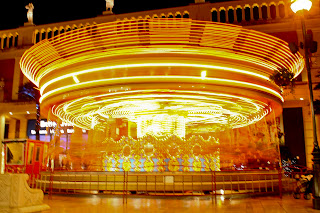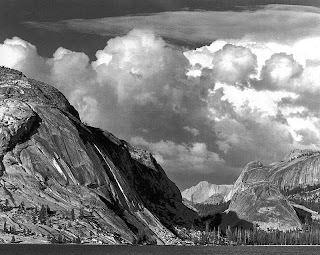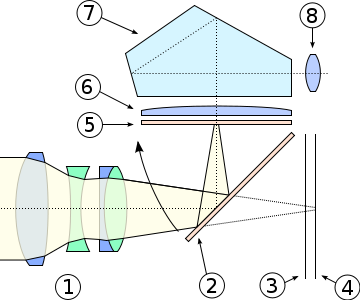Alongside DOF, another of the key elements of exposure control is Shutter Speed. This is usually measured in units of Exposure Value. The shutter speed controls how long the sensor or a film plane is exposed to light. Shutter speed is measured in seconds and fractions of a second. The photographer has greater flexibility to determine how long they want to expose the sensor to light, depending on the effect or result they would like to achieve - whether 1/200 of a second (very fast shutter speed) or 1/4 second (very slow shutter speed - long exposure). Another setting for controlling shutter speed is BULB. This allows the photographer to determine how long they want to keep the shutter open.
Using shutter speed you can freeze movement and works well with waterfalls, sports or any fast moving subjects. Slow shutter speed is also great for deliberate motion blur and low light photography as well as catching light trails when doing night photography. To minimise blurring when shooting with a long shutter speed it is important to use a tripod, although Image Stabilisation also helps to keep the image in focus. These days the semi automatic setting Shutter Priority in digital cameras allows you to set the shutter speed and the camera determines the rest.
I discovered the joys of playing with shutter speed when one cold November evening I decided to do some photography during bonfire night. I wanted to initially photograph fireworks but being a complete novice I was unprepared and did not have my tripod with me. So I thought I could try photographing the fairground rides. At first I was pretty unimpressed with the results and they didn't blow me away. But then I started playing around with shutter speed and started using very long shutter speed whilst adding movement when photographing the rides - I was pretty ecstatic with what I achieved! I ended up with something pretty amazing and very abstract. I loved the way the lights came alive and took their own shape - each one beautifully unique in it's own way.
Experimenting with shutter speed can be a great way to feed your photographic creativity and manipulate the visual effects of the final image.
Some of the images below from the Debdale park fairground rides. I love the dramatic structures, colours and shapes of the images. To me they convey drama, speed and excitement.
 |
| f8, 1/8th, ISO 200, 39mm |
 |
| f8, 1/8th, ISO 200, 55mm |

f8, 1/6th, ISO 200, 55mm

































